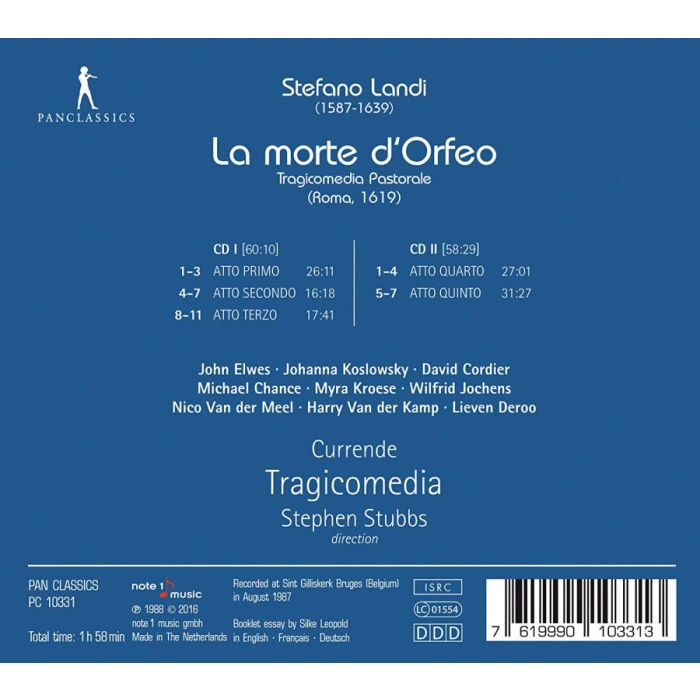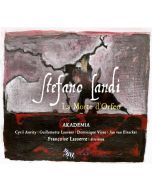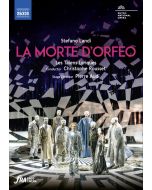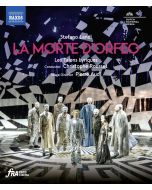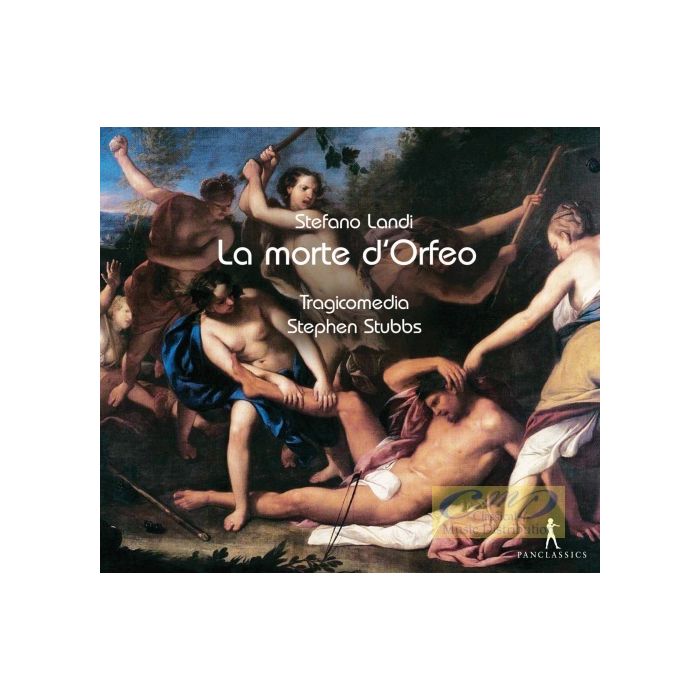
(Produkt nie został jeszcze oceniony)
kompozytor
Landi, Stefano
tytuł
Landi: La morte d'Orfeo
wykonawcy
Stubbs, Stephen, Tragicomedia
nr katalogowy
PC 10331
opis
Among the works on the Orpheus theme since the start of operatic history, 'La Morte d‘Orfeo' by Stefano Landi occupies a special place. The conception of Landi‘s opera differs from all other works having as their theme the triumph of music and love over death, in that it does not concern itself with the death of Eurydice but rather with following the story, in particular the horrible death of the divine singer himself. In order to turn this story into a five-act opera, the librettist Alessandro Matthei introduces a total of over 30 mythical figures including not only gods and heavenly messengers, shepherds and satyrs, but also winds and a river - these last have quite extensive sung parts! This is very different from Monteverdi's version. Apart from the special character of the libretto, 'La Morte d‘Orfeo' marks a turning point in the musical and dramatic development of the new operatic genre. While it did not conform to the Florentine opera model based on recitative, it was, without being a true 'Roman' opera; already approaching that form with its use of chorus and ensembles. With its motley scenes and rapid twists in the plot, its rich contrasts of musical form and the splendid vocal beauty of the choruses, 'La Morte d‘Orfeo' is perhaps the first opera to merit the description 'Baroque'. There is much to enjoy here: Cordier and Chance were, at the time of the recording, countertenors par excellence.
nośnik
CD x 2
wydawca
Pan Classics
data wydania
4.02.2016
EAN / kod kreskowy
7619990103313
85,00 zł
Produkt na zamówienie
Wysyłka ustalana indywidualnie.
Darmowa wysyłka dla zamówień powyżej 300 zł!
Darmowy kurier dla zamówień powyżej 500 zł!
sprawdź koszty wysyłki